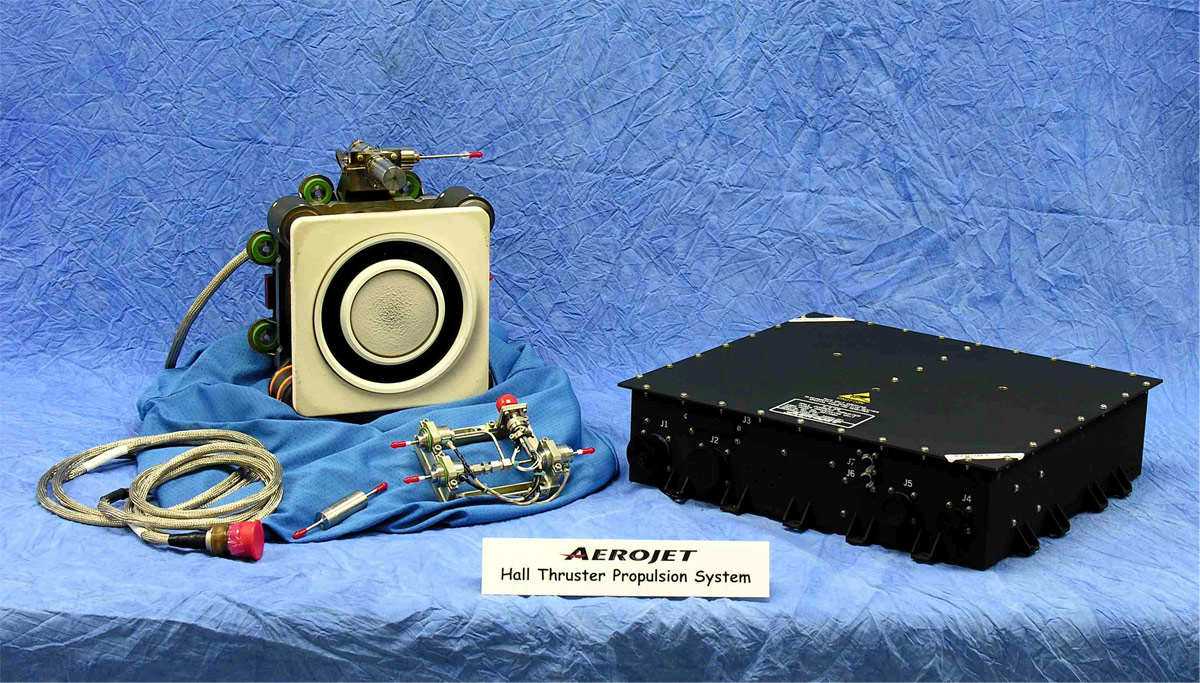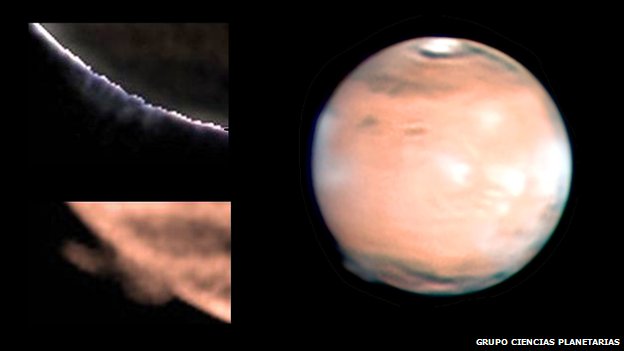SpaceX Takes Second Shot at Falcon 9 Landing on Sunday
After 3 scrubbed launches (one due to a bad range radar, two due to high upper level winds), the DSCOVR satellite finally went up.
Following launch delays SpaceX DSCOVR satellite soars towards space - CSMonitor.com
Its main mission is to sit between the earth and sun and give advance warning of solar storms headed towards earth. It also has cameras pointing back towards earth, so it can provide regular pictures of the entire sunlit side of the earth.
The barge landing of the first stage was scrubbed due to high waves, but they did set it down slowly into the ocean.











